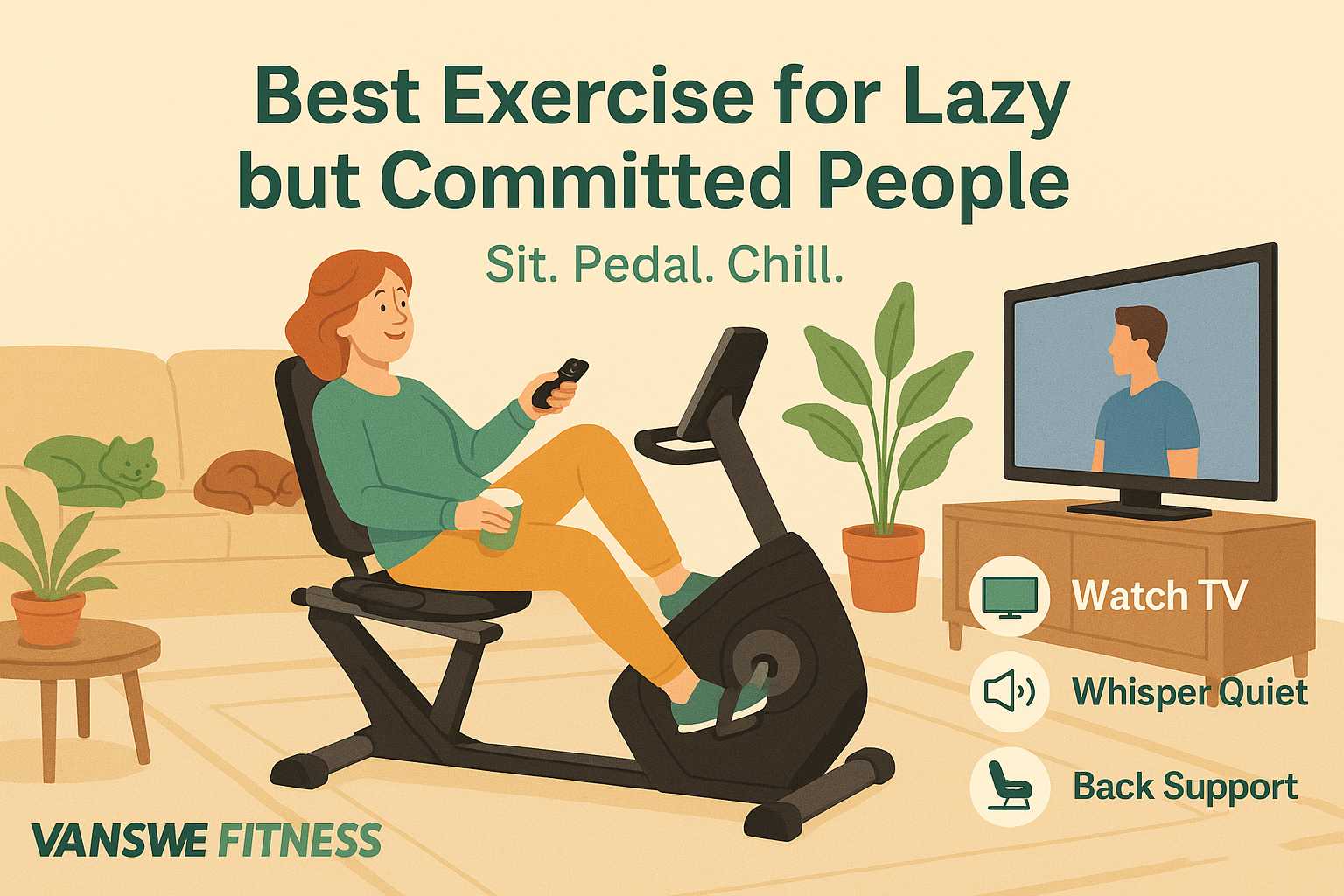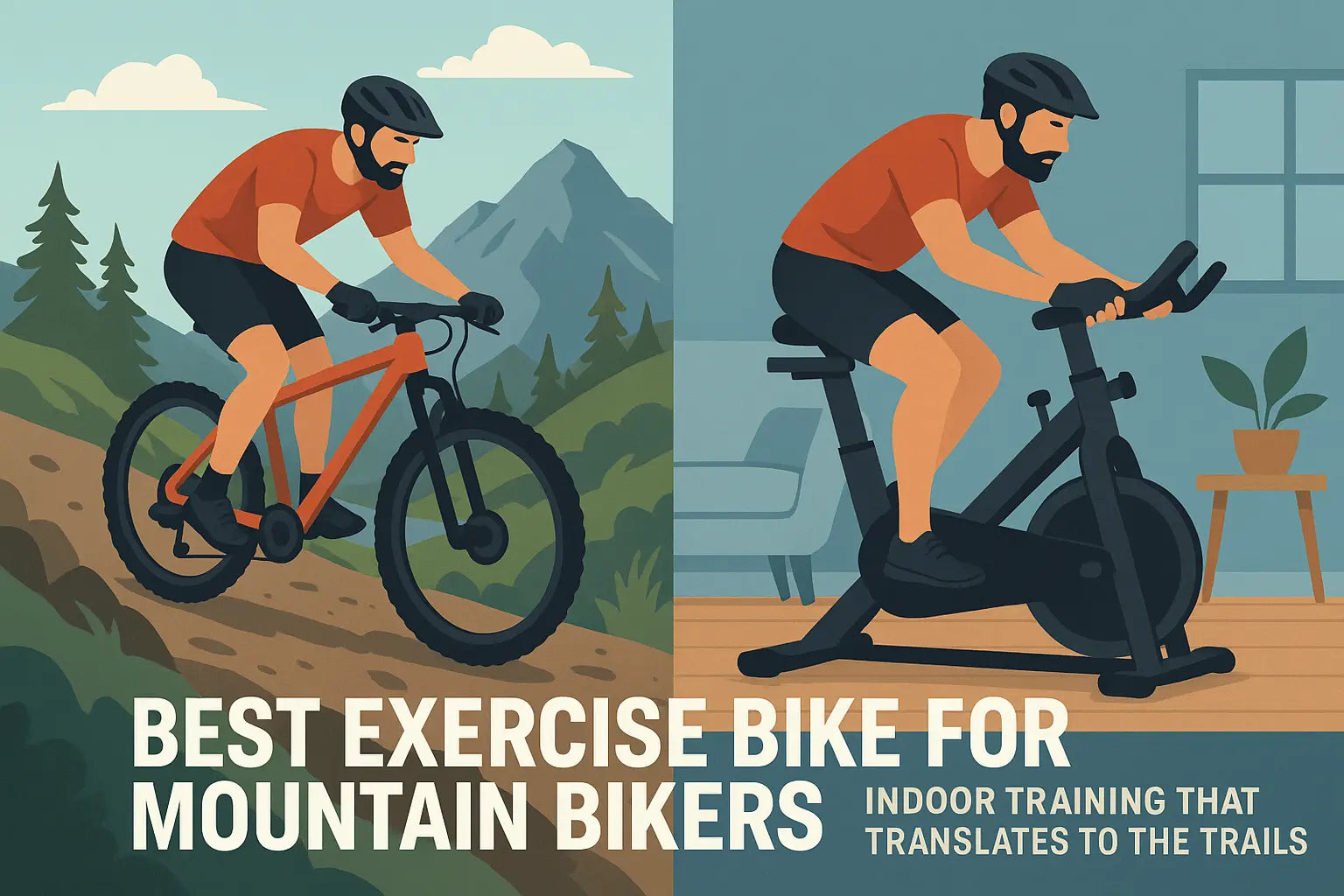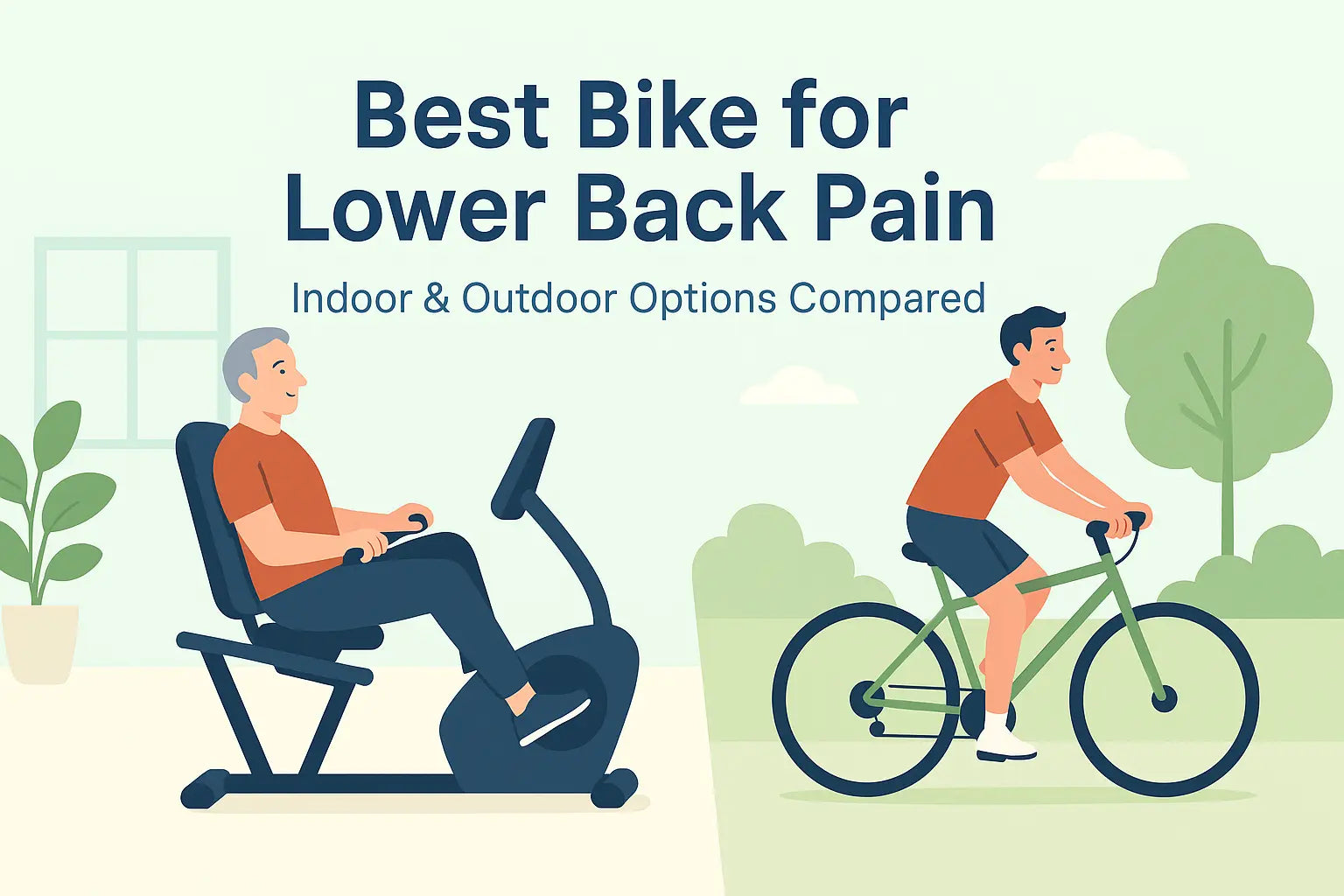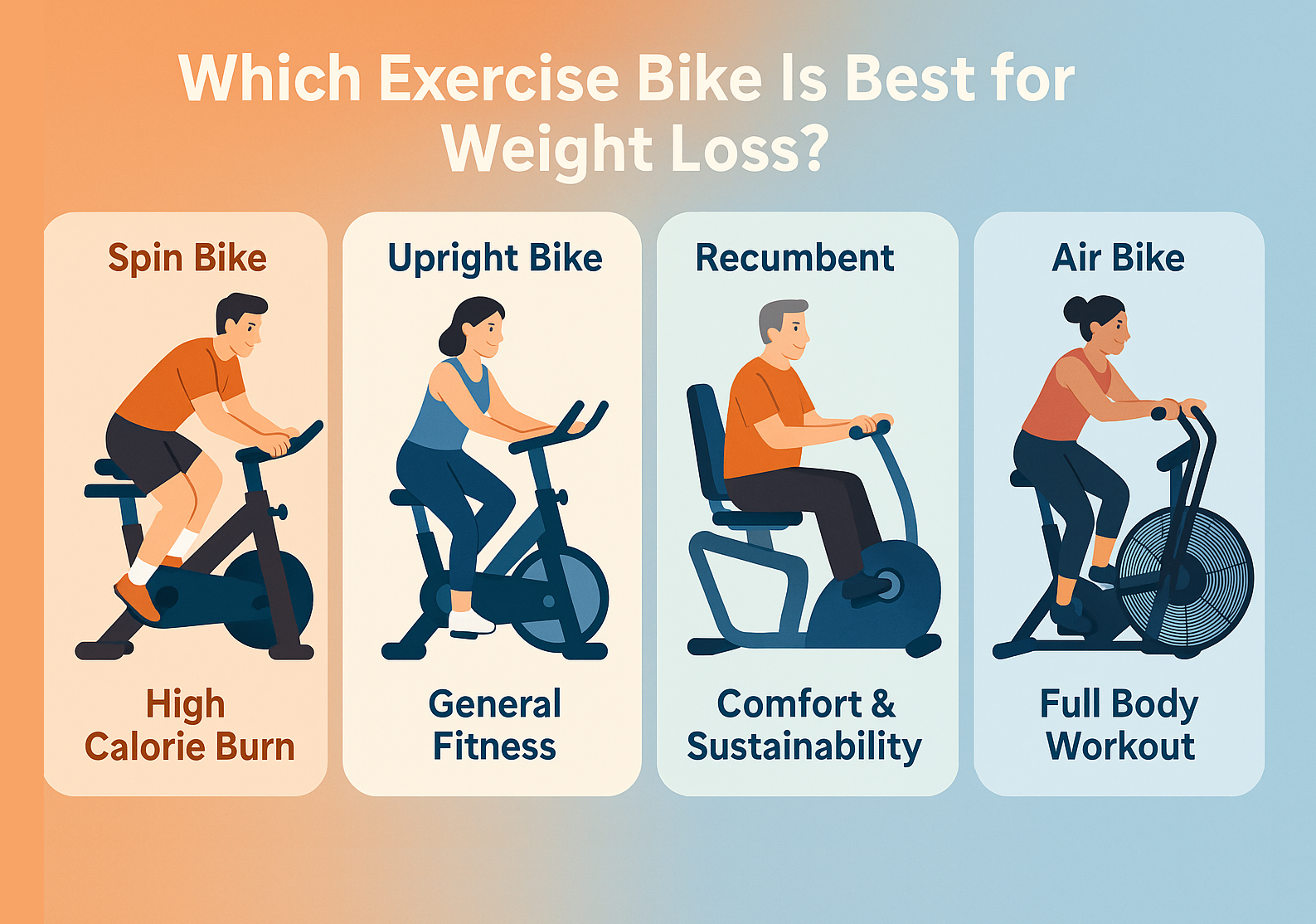Recumbent steppers and recumbent bikes are two popular low-impact cardio exercise machines, especially for older adults, beginners, and individuals recovering from injury. Both recumbent steppers and recumbent bikes are designed with ergonomic design and cushioned seats to maximize comfort and support. But while both offer seated cardio workouts, their functionality and benefits differ. The recumbent stepper is better for full-body workouts, while the stationary recumbent exercise bike is better for long-duration cardio and affordability.
Both machines are available in various models to suit different fitness levels and accessibility needs.
Many recumbent bikes and steppers also offer customizable workout programs to further tailor the exercise experience.
What Is the Difference Between a Recumbent Bike and a Recumbent Stepper?
The main difference between a recumbent bike and a recumbent stepper lies in their motion type and muscle engagement. A recumbent bike uses a circular pedaling motion that primarily targets the lower body—especially the quads, hamstrings, calves, and glutes. The pedals are positioned in front of the user, allowing for ergonomic movement and reduced pressure on the knees, which helps minimize joint stress and places less stress on the back and hips. These are the key recumbent bike muscles engaged during each session.
In contrast, a recumbent stepper mimics a stepping or elliptical motion and includes moving handles, allowing users to push and pull to engage multiple muscle groups in both the upper and lower body. This design lets users control the intensity of their workout by adjusting resistance, making it effective for strength building and rehabilitation. While both offer reclined seating with back support and low joint impact, steppers are better for full-body cardio and rehabilitation, whereas recumbent bikes are ideal for comfortable, long-duration cardio and rehabilitation.
| Feature | Recumbent Stepper | Recumbent Bike |
|---|---|---|
| Motion Type | Stepping / elliptical | Circular pedaling |
| Posture | Reclined, full back support | Reclined, full back support |
| Muscle Activation | Arms, shoulders, legs, light core | Quads, hamstrings, calves, glutes |
| Upper Body | Yes (moving handles) | No |
| Calorie Burn | Slightly higher (full-body) | Moderate (lower-body focused) |
| Joint Impact | Very low | Low |
Both machines are designed to minimize joint stress and pain, placing less stress and pressure on the knees and other joints compared to traditional cardio equipment.
When it comes to muscle activation, both machines target different muscle groups and allow users to adjust resistance to increase workout intensity, making them suitable for a variety of fitness and rehabilitation needs.
Which Machine Is Better for Rehab: Recumbent Bike or Stepper?
According to a randomized clinical trial by Hsieh et al. (2020) [1], recumbent bikes are also low-impact and rehab-friendly but are more suited for those who can stabilize themselves without upper-body assistance. They’re particularly helpful for knee rehabilitation and improving cardiovascular endurance. Recumbent bikes are popular among people seeking to improve joint health and reduce the risk of injury during rehabilitation.
According to a 2023 study by Carl et al. [2], recumbent steppers are often used in clinical rehab settings for stroke survivors, joint replacement recovery, or users with balance issues. Models like the NuStep are widely used in these settings to help users achieve their fitness goals and improve overall health. Their natural, guided motion and full-body engagement make them ideal for gentle yet effective movement. Both machines are suitable for virtually all users, including those with limited mobility, and are designed to support joint health and minimize risk during rehab.
Who Should Use a Recumbent Stepper vs. a Recumbent Bike?
- Recumbent Stepper: Best for users who want a full-body cardio workout. Ideal for elderly individuals or those in recovery.
- Recumbent Bike: Great for users focused on lower-body training and who prefer a long-duration cardio or knee recovery.
Both machines can help users build strength, enhance cardiovascular workouts, and create personalized routines that boost energy and improve quality of life.
Regular use of these machines can lead to more energy and better overall well-being.
A recumbent bike is ideal for users who prefer low-impact and long-duration cardio. It’s especially suitable for older adults and people undergoing physical rehabilitation.
In contrast, a recumbent stepper is well-suited for individuals who require upper-body engagement during exercise, such as stroke survivors or patients recovering from upper-limb injuries.
Recumbent Stepper vs Bike: Which Is More Affordable and Space-Saving?
A recumbent bike is generally more affordable and compact than a recumbent stepper. Many retailers sell both new and pre-owned recumbent bikes and steppers, with options available in various countries, making it easier for customers to find local distributors or support. A affordable recumbent bike starts from $200, depending on features, while recumbent steppers often start around $2,000 due to being primarily designed as commercial-grade machines. Quality construction and materials are important factors to consider when choosing between models, as they impact durability and user experience. In terms of space, bikes have a smaller footprint, making them easier to fit in home gyms or apartments. If budget and floor space are top priorities, a recumbent bike is the better choice.
| Category | Recumbent Stepper | Recumbent Bike |
|---|---|---|
| Footprint | Larger | Smaller |
| Price Range | Higher (often $2,000+) | More varied (2,000+) |
| Noise Level | Very quiet | Very quiet |
Which One Should You Choose?
Multiple studies (Carl et al., 2023 [1] ; Hsieh et al., 2020 [2]; Crossley et al., 2024 [3]; Said et al., 2021 [4]) have shown that the recumbent bike and stepper offer different advantages across various fields.
- Choose a recumbent stepper if you need full-body motion, rehab support, or have balance concerns.
- Choose a recumbent bike if you want a long-duration cardio, knee recovery, or have balance concerns.
Both machines are suitable for users of different fitness levels, making them accessible options for a wide range of individuals.
Related Article: Recumbent Bike vs Upright Bike
Conclusion
Both the recumbent stepper and recumbent bike are excellent low-impact cardio options. The stepper shines in full-body engagement, while the bike offerslong-duration cardio . Match your choice with your physical condition, training goals, and space availability.
Refference
- Carl DL, Whitesel D, Meyrose C, Westover J, Khoury J, Gerson M, Kissela B, Dunning K, Boyne P. A 3-minute recumbent stepper test in chronic stroke. PM R. 2023 Oct;15(10):1258-1265. doi: 10.1002/pmrj.12940. Epub 2023 Feb 15. PMID: 36580538; PMCID: PMC10307922.
- Hsieh CJ, DeJong G, Vita M, Zeymo A, Desale S. Effect of Outpatient Rehabilitation on Functional Mobility After Single Total Knee Arthroplasty: A Randomized Clinical Trial. JAMA Netw Open. 2020 Sep 1;3(9):e2016571. doi: 10.1001/jamanetworkopen.2020.16571. PMID: 32940679; PMCID: PMC7499127.
- Crossley CB, Diamond LE, Saxby DJ, de Sousa A, Lloyd DG, Che Fornusek, Pizzolato C. Joint contact forces during semi-recumbent seated cycling. J Biomech. 2024 May;168:112094. doi: 10.1016/j.jbiomech.2024.112094. Epub 2024 Apr 15. PMID: 38640830.
- Said CM, Delahunt M, Hardidge A, Smith P, Tran P, McDonald L, Kefalianos E, Daniel C, Berney S. Recumbent cycling to improve outcomes in people with hip fracture: a feasibility randomized trial. BMC Geriatr. 2021 Jun 29;21(1):394. doi: 10.1186/s12877-021-02321-8. PMID: 34187387; PMCID: PMC8244148.
Latest Articles







